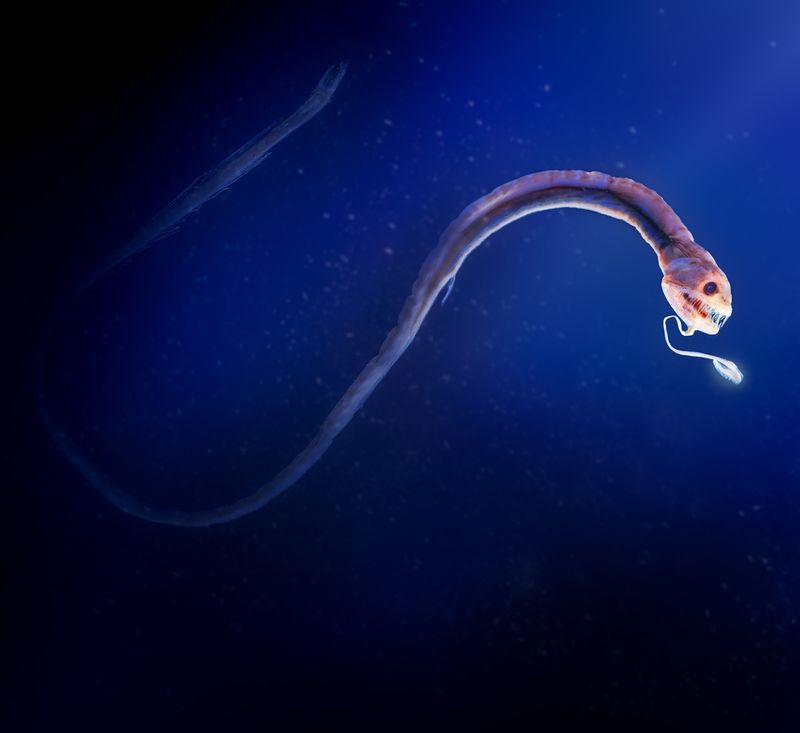There’s no shortage of impressive examples of camouflage in the animal world. Whether it’s hiding on a branch, blending in with bird poop, or straight-up pretending to be someone else, nature has gifted us all manner of masters of disguise. Luckily for us, though, a group of scientists was recently able to spot the wood from the trees, finding seven brand new species of leaf insect.
Leaf insects are also known as walking leaves – no prizes for guessing why. They belong to the order Phasmatodea, which also includes the stick insect and thereby covers all your arthropods-that-look-like-plant-parts needs. According to the Amateur Entomologists’ Society, there are over 2,500 species in the order with a huge variety of physical features, including some that cleverly resemble damaged leaves.
We can now add seven more to that list, thanks to the efforts of an international team led by researchers at the University of Göttingen.

These critters’ amazing camouflage, whilst doing a great job at protecting them from predators in the wild, presents a unique challenge for taxonomists, who typically rely heavily on physical appearance when categorizing new species.
“Individuals of different species are often counted as belonging to the same species based on their appearance. We were only able to identify some of the new species by their genetic characteristics,” explained project lead Dr Sarah Bank-Aubin in a statement.
For example, the study included some individual insects found in India that were thought to belong to a species that’s widespread throughout Southeast Asia. As it turns out, they’re from an entirely new species.
“The finding is important for species conservation: if all the individuals die out in India, it is not just a group within a species that is reduced, as was previously thought. In fact, a whole distinct species is being wiped out. This means that the Indian species is particularly important to protect,” said Bank-Aubin, emphasizing how this research goes far beyond simply improving our knowledge of these fascinating insects.
The team used specimens they’d collected in the field, as well as records from museums and private collectors, and observations made by citizen scientists to inform their research.

For co-author Sven Bradler, the multiplicity of stick and leaf insects, which has only been added to by these new discoveries, has remained captivating over a more than 20-year research career:
“There are around 3,500 known species of stick and leaf insects and there are currently just over 100 described species of leaf insect. Although they only make up a small fraction of this diverse family of insects, their spectacular and unexpected appearance makes them unique."
The study is published in ZooKeys.




